The Gods, particularly a coalition of
Mimir,
Satanael,
Sia, and
Morrigan, set forth a number of trials for her to prove her worth, and at the end of them they promised she would ascend to the Heavens as a God. However, she had to complete them all to do so.
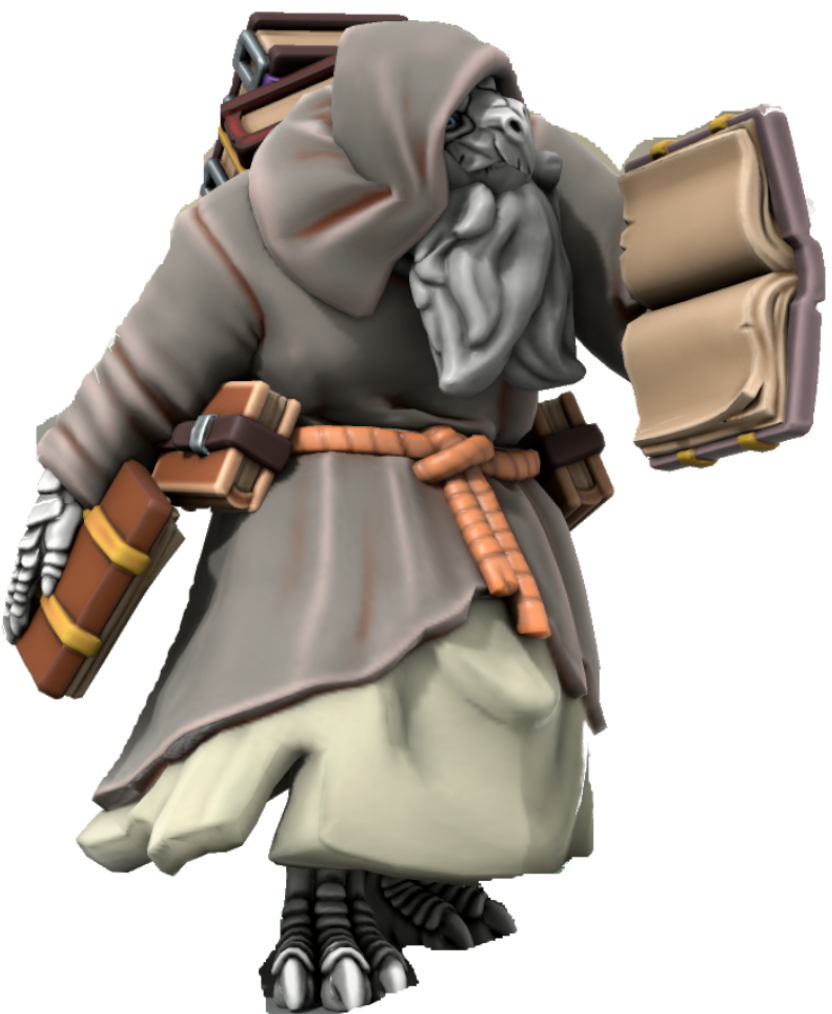
Workris Galkan by Jarhed
Ultimately, Myrine completed all but the final trial, a trick played by the Gods so that she would die before ever achieving divinity. In climbing a large tower, she grew weary, plummeting to her death. However, her legacy was cemented as a hero, and to many, she confirmed that the Age of Heroes was truly in motion.
In the historical text
Divinity in the Everyday Individual, the time-traveling historian
Workris Galkan wrote of Myrine
"Ultimately, Myrine mattered very little to history. Few folks met her, and her only impact was a hole in the ground that created a lake, her final place of rest. One may wonder, then, why a book on history concerns itself with her, especially to the lengths I have gone to recount her tale.
The fact is that the Age of Heroes is defined in the small moments when people stood up against impossible odds.
To face divinity and reach for it, knowing it is out of reach yet putting every piece of yourself into that climb, is the spirit of a hero, and is what defined the age."— Workris Galkan, Divinity in the Everyday Individual
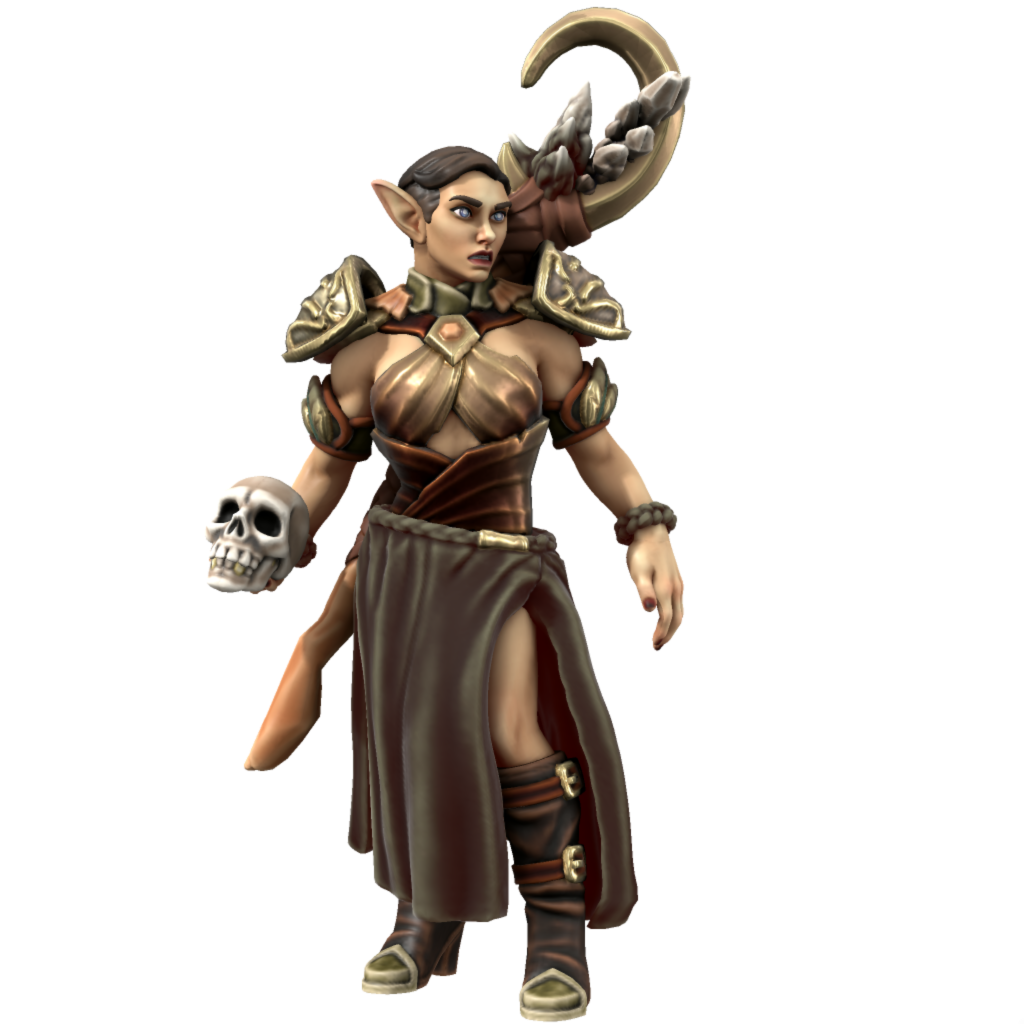
Amara by Yumedatchi
Thus, this article follows Galkan's footsteps and tradition, acknowledging Myrine's trial as the central piece in understanding the heart and soul of the Age of Heroes.
The Kingdom of Man in Turmoil
For the first fifteen years of the Age of Heroes, Gellark Lionrage ruled, a capable and strong ruler who kept his people safe. The largest criticism levied at him was that he was not the greatest at creating actual policy, but he had advisors who helped him do what they believed was best.
His greatest claim to fame was his strength and skill, as well as his role in defeating the monstrous Varth Dreamless, which had been the entire reason why the Kingdom of Man was founded at all, driving the Goblins out of the land so the land could belong to the Humans.
However, after fifteen years of ruling over his people, Gellark set out on a voyage across the sea to visit other lands, particularly the western continent of Udai.
His ship set off from Nerodil and vanished. No sign of him was ever found, though his ship was once discovered and the remains of some of his crew were aboard. Gellark, however, vanished with no trace, leading some to think he had somehow found a way to live on in some mysterious location.
After his disappearance, he truly was cemented as a hero, fading into legend so that almost every aspect of his life was just another piece in the tale of this mythical figure.
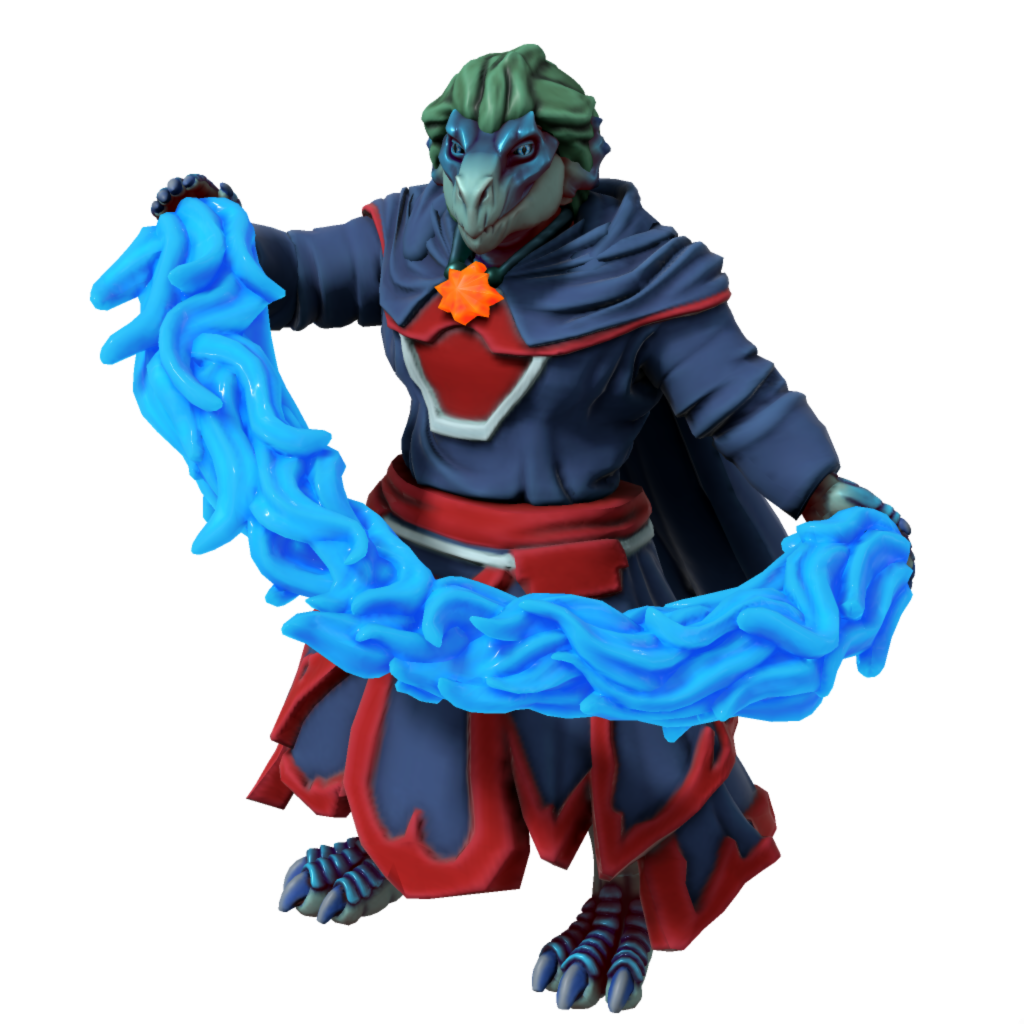
Velthen Saseth by DragonboiNalrik
The Divine Heroes
Five years after Gellark's disappearance, a new King had taken power.
Medrir Regalcrest, who claimed to be Gellark's distant cousin, claimed the throne, establishing the Regalcrest dynasty that would last many years.
Medrir was much better at actually ruling the people, but he was not as popular of a monarch nor as powerful. He could not fight, and so when trouble came about in the city of Nerodil, he had to rely on others.
These others ended up being the group that became known as the Divine Heroes, a rag-tag group of Priests and holy individuals that had come to Nerodil to spread their religion to the newly settled Humans.
This group included the Priests
Ishii Daisuke,
Amara,
Entropy,
Dhurnas Blackmane,
Velthen Saseth, and
Mash, as well as the
Village Chief Tankean Nimphonker.
The threat itself has in some ways been covered up in history books, and while this causes some speculation as to the truth of the matter,
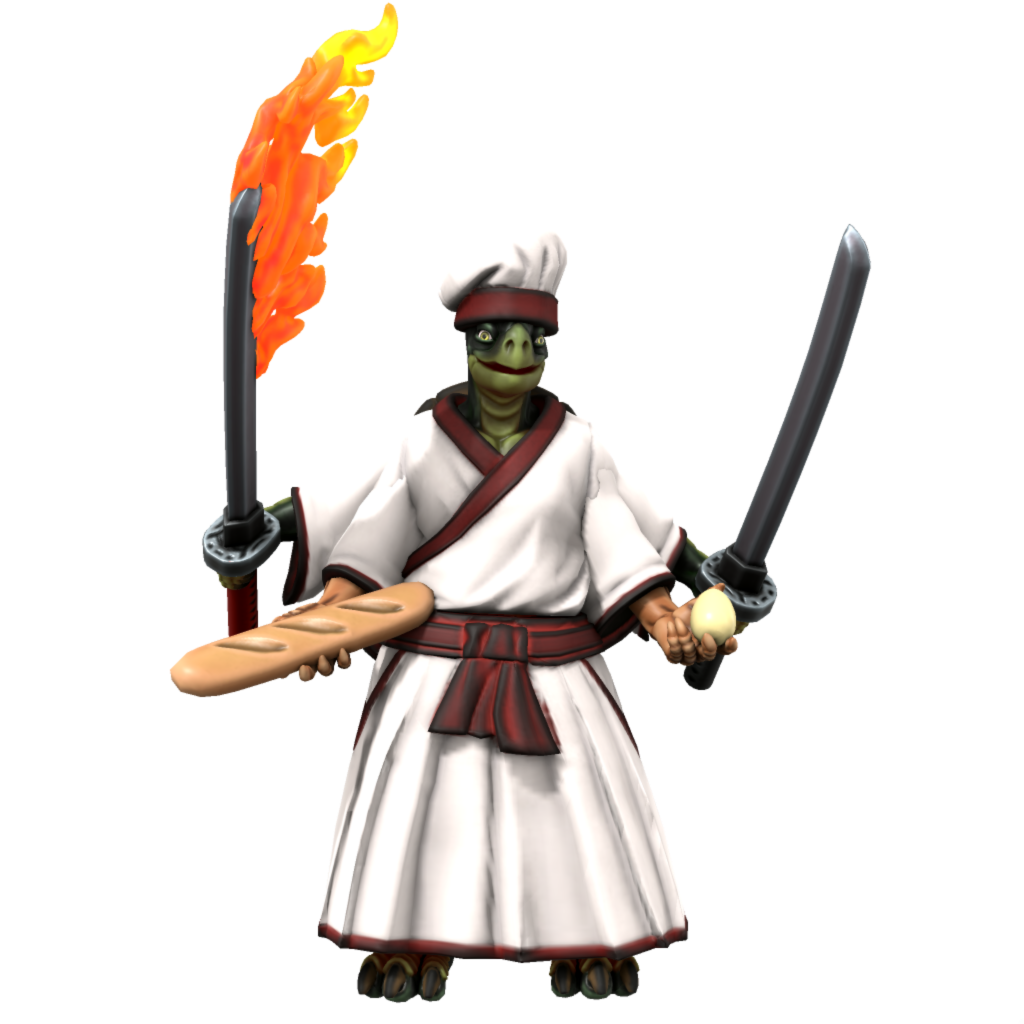
Ishii Daisuke by Jarhed
all witness accounts confirm that this group was responsible for saving Nerodil and, perhaps, the entire world in the year 20. An incredible feat, certainly, though equally mysterious.
Thus, many records of the events end up saying something rather broad, like Workris Galkan's
Divinity in the Everyday Individual, a book that covers figures from the Age of Heroes such as Amukk, Myrine, Varth Dreamless, Perzita Theldrar, and the Divine Heroes. Of the Heroes, Galkan writes:
"A turbulent time in Nerodil was turned around by the actions of those who carried, within their hearts, great faith in those above. While other heroes found strength within, the Divine Heroes were granted power and used that for the common good."— Workris Galkan, Divinity in the Everyday Individual
What was this turbulence that had engulfed Nerodil? Even in the following sections detailing the Heroes themselves, specifics appear to elude Galkan beyond anything else. Even the Divine Heroes themselves generally don't like to talk about what they did, instead pivoting to the actions they did before or after gaining such prominence in Nerodil.
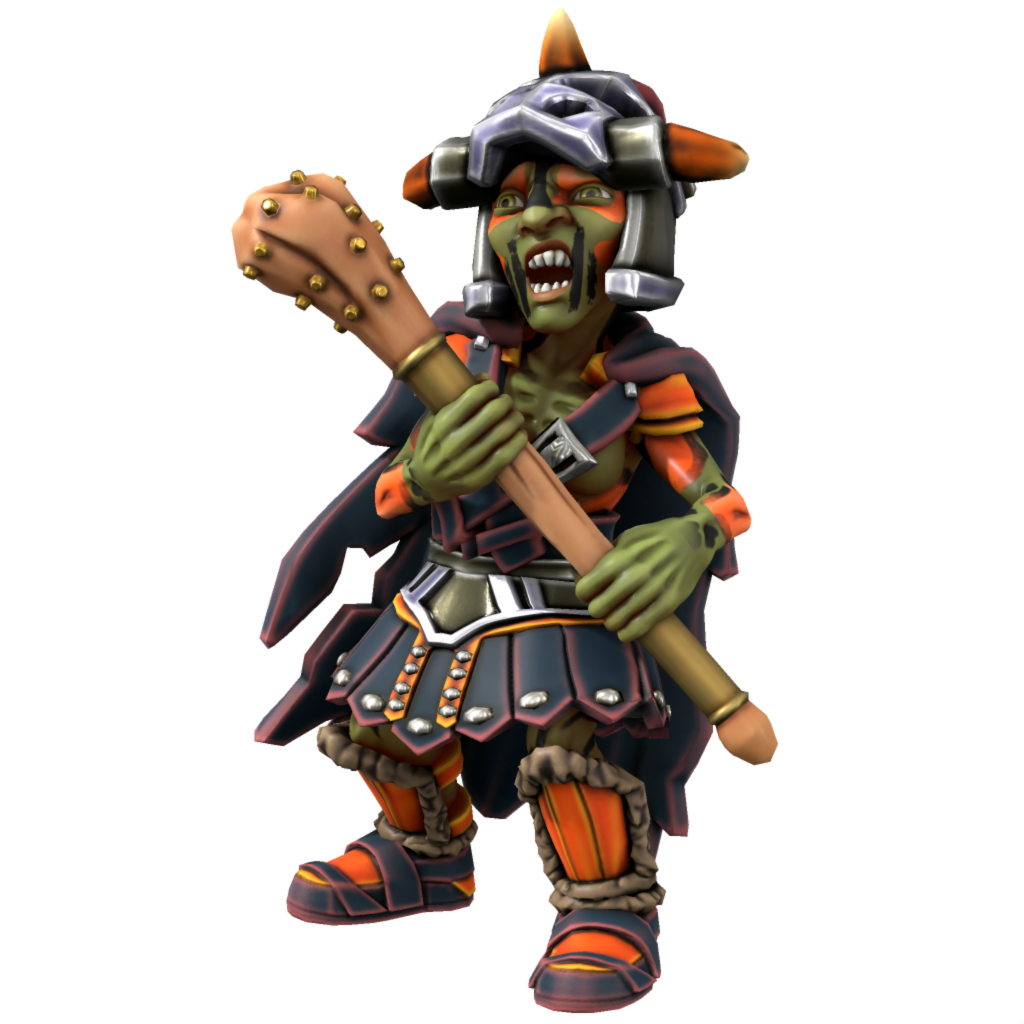
Jibral by Jarhed
The Goblin Schism
Due to their defeat against Gellark Lionrage's forces of Humanity, the Goblins were expelled from their land. Of course, it had not always been their land to begin with, having been taken by them from the remnants of the
Giant Kingdom, but at that point they had lived there for thousands of years. Leaving was not a simple task.
Jibral, the Matriarch left in charge of the Goblins after the death of her mother
Zelgrile, found a tall task before her. Zelgrile was a uniting figure, but Jibral was not the same.
Therefore, she struggled for a time to bring them together, and ultimately lost the war. Blame was placed solely on her, despite the temporary peace she had made and everything she had done for her people.
Jibral ordered her people to follow her south, to a cave that she had discovered called
Votarra Den. A safe haven where the Dwarves would protect them.
Many Goblins refused to follow Jibral. About 40% of the population split from her, with 25% remaining in their home, subjugated by the Humans in a regime that kept them under strict guard and rarely let them travel. This group eventually became known as the Nationalist Goblins, as they fought endlessly for a nation of their own while under Human rule. Who led this movement is lost to time, as all records were destroyed by the Humans.

Morrus by Jarhed
The remaining 15% of Goblins followed an elder Goblin named
Morrus, not wanting to listen to a little girl. They headed deep into other caves they had found in the east, delving into the
Mines of the Slime, where they would settle down alongside the
Slime as the Ocultos Goblins.
The Goblins were scorned and subjugated. To many, they were seen as villainous figures during the Age of Heroes, as their people fought back against their oppressors. The Devil known Liberation would fight alongside them, which many at the time saw as strange, believing there to be no reason for the Goblins to fight. Looking back, most historians say that Libration was one of the purest heroes of the era.
Of course, there were two places where Goblins were free to be anyone.
First, the Goblins that had never been under Zelgrile or Jibral, found peace living in Myrine's home city-state of
Alzirgos, which had been founded by Goblins and was accepting of anyone, particularly the Humans that fled Gellark Lionrage and Varth Dreamless.
The other safe place was, of course, the most dangerous city in the world: Vitroveil.

Count Toll by Jarhed
The Lawless City
Count Hira Toll was a wealthy
Mamman that saw many dangers in heroism. Particularly, he noticed that it left many behind in its wake, favoring quick victories that left destruction or profound loss among the people.
"Heroes... that is what they like to call themselves. I do not see heroes when I look at the ruins they leave behind, the tears in the eyes of the common folk, or the graves of the fallen.
Particularly, I do not see heroes when I look at the so-called villains they had defeated, downtrodden and left with nothing but crime.
If these folks claim to be heroes and leave them behind, then I will become a hero for those people... even if it means becoming a villain to the world."— Count Toll
Thus, with the help of a powerful villain that had been unstoppable around Elone known as
Lualyrr Aleth, as well as his immense wealth as a Count in the city of
Ruzrugh, Count Toll founded a city on the opposite side of the
Ethereal Bay from Alzirgos, which he called Vitroveil.
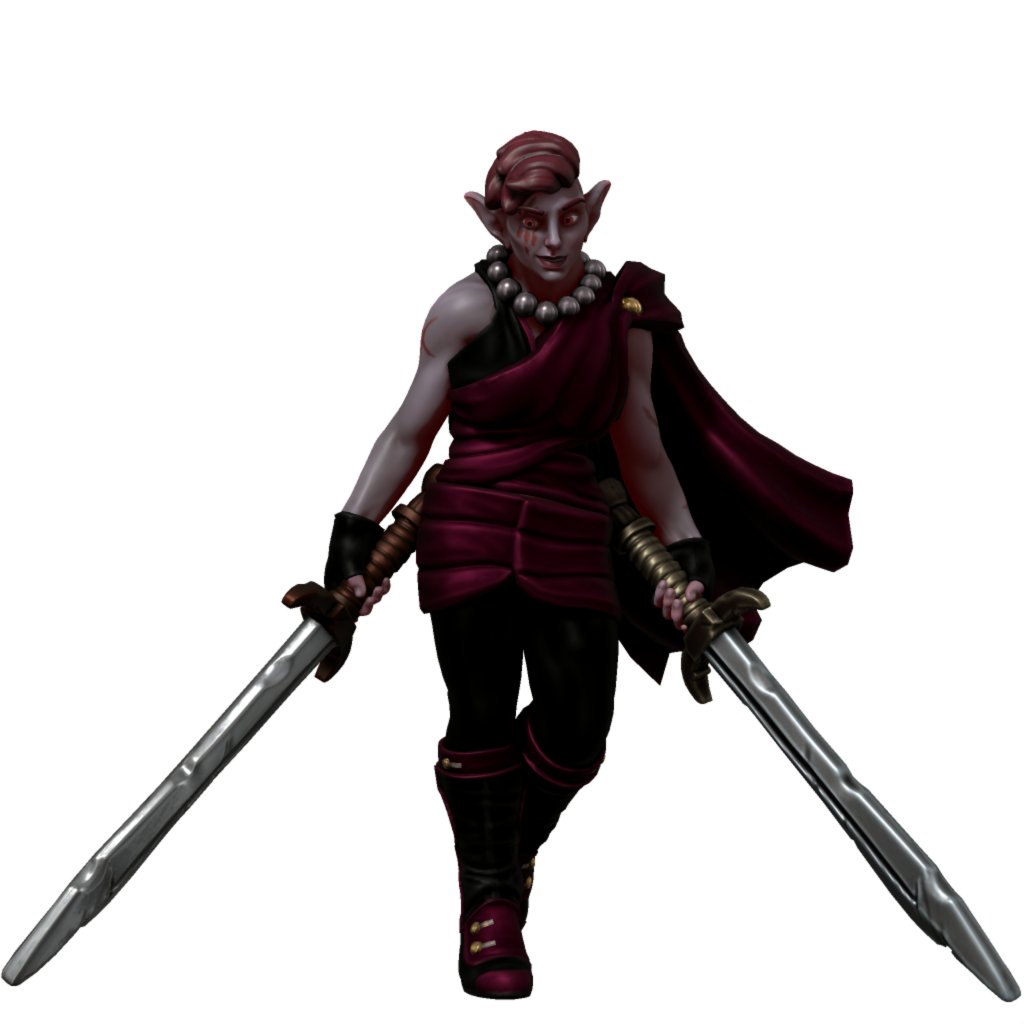
Lualyrr Aleth by Jarhed
The key characteristic of Vitroveil was that it was outside the grasp of the World Court, and Count Toll made sure to establish that there were no laws that could be enforced in Vitroveil, as he ran it without any. Thus, the name the Lawless City was given to it.
By making Vitroveil a haven for criminals, he made it nearly impossible for heroes to attack, as they would be vastly outnumbered.
Some did attempt it and come out semi-successful. Perzita Theldrar got a few good fights in, though she was allowed in because they knew she was only there for a sparring match. Narkard Leran went on an extraction mission that ended with some relative success, though he was still driven out. Finally, Entropy would often be found in the city, and no one could ever manage to kick him out, though generally he just enjoyed his time there rather than causing any trouble.
It was not just a haven for criminals. To many, especially Goblins, it was a place of safety that nowhere else in the world could be. Still, World Court propaganda pushed the image that it was the most dangerous place in the world, and for that, Count Toll was considered the Greatest Villain in History.
Of course, Count Toll was a villain. He funded hundreds of operations against heroes and monarchs around the world, sponsored terrorist attacks on the World Court, and killed a number that is sometimes generally put in the low millions.
When he was nearing an age he thought would be too old to function, he set off one last great plan that ended with him deliberately captured by the World Court alongside Lualyrr, all thanks to discoveries he had made that in their
World Cell Prison, he would live forever. Going out with a final bang, Count Toll exited the World Stage for immortality in prison.

Medroth Umtic by Jarhed
The Grand Wizard Struggle
Perzita Theldrar was a beacon at the start of the Age of Heroes for others to look up to. She sought out powerful opponents, battling them to prove her might and also to see what the world had to offer.
Thus, she was an open challenge, an invitation for others to reach her level. Some did, like Narkard Leran and Lualyrr Aleth, both of whom were some of the few to ever defeat Perzita. Others at least rose to a level they were happy with.
Some, however, did not believe it possible. Stifling their own will to grow, and in doing so becoming spiteful towards Perzita.
Medroth Umtic envied Perzita's position. He had not been born to much privilege, and believed that Perzita had a leg up on him and everyone else. Of course, this was only due to his observations, because if he had looked into her background, he'd have found that they were not just equals in birth status, but they had been born in the same village,
Bortan, and grew up a block away from each other, albeit a hundred or so years apart.
Umtic began working towards a plan he had formulated. It was one that, in hindsight, has been called one of the dumbest plans in history, yet it was so poorly thought out that no countermeasure could possibly be made for it.
What Medroth did was draw Perzita into a battle, as he knew she wanted to fight strong opponents. He had made sure to fight a few powerful foes, killing them so they could not reveal his secret technique. Thus, Perzita came to him, accepting his challenge.

Altak Tilrak by Jarhed
Perzita began the fight by saying,
"I haven't heard of you before. Let's make this fun."— Perzita Theldrar
This enraged Umtic, who wanted the recognition she had. Still, it was within his plan. He lit a flame in his hand and smiled to her,
"Oh, it'll be fun... and when this is over, the whole world will know my name!"— Medroth Umtic
Umtic did not do well against Perzita. She was stronger than him, a more skilled combatant, and just had better battle awareness. However, this was all part of his plan. He knew she was too powerful for him to take on. Of course, he did not have a plan for if he was defeated too swiftly or if he was killed, but he just had to hope that wouldn't happen.
When he was on the ropes, she approached him, thinking there was an opening. He feigned defeat, and as she neared him... he latched onto her in a bear hug. It was his only maneuver, a trick attack he had developed. She attempted to wriggle free from his grasp, but he had taken enough pain that he was unafraid of feeling it a bit longer to fulfill his plan.
With green and purple
flames mixed together, the most powerful mixture, Medroth Umtic coated his arms in fire, which then engulfed Perzita and incinerated her. Still, as she burned, she continued beating into Medroth, and for the remainder of his life, the indents her burning body made remained, a mark of the evils he had committed. Every time he used that spell, a layer of his flesh burned off. By the end of his life, it was said that Medroth Umtic had no arms.

Tankean Nimphonker by RovaRed
Upon the death of Perzita Theldrar, who had been a respected figure, though also equally looked upon with annoyance for her actions, the
Noble Council had to decide a replacement.
The Noble Council ended up split into two groups. One was a group supporting Umtic's claim to power, saying he earned it according to the law. This group was led by Umtic's fellow Bortanni,
Altak Tilrak. The other group was led by Altak's rival, the Divine Hero Tankean Nimphonker. Tankean said they should not reward Umtic's trickery, and instead the position should go to someone qualified. He, of course, suggested himself for the position.
"I saved the world, I think I can run a country."— Tankean Nimphonker
Even if Altak had considered Tankean's point, he never wanted Tankean to lead, and instead threw all his support behind Umtic. The rest was up to a vote with the rest of the Noble Council.
Altak Tilrak ended up succeeding in his vote. The Tilrak family was already disliked by most other noble families, and the fact that they ended up putting Medroth Umtic in power and causing such a great problem was the last straw, and Tilraks were banned from ever sitting on the Council again. Altak, still, was considered a hero, though his rival Tankean is looked upon more favorably by history.
Tankean was not looked upon favorably, however, by future Grand Wizards, and ultimately it is said that he died in some accident that many believe was caused by the Grand Wizard at the time. It was not, however, Medroth Umtic. After all, Medroth Umtic had created a problem that would soon destroy him.
Many rose up seeking to take Perzita's place, but all refused to battle Umtic for fear of his trick. Even those like Altak Tilrak and Tankean Nimphonker ended up battling each other rather than risking themselves against Medroth Umtic.
With all powerful and truly skilled mages out of the way, the only ones willing to take on Umtic were those with equally gimmicky abilities, such as his immediate successor, Qelbor Vammush, who created a spell that made a plague in the body, or Qelbor's successor Faervroth Clolith who discovered a lost scroll that helped him learn to disintegrate anyone with a single spell.
Thus, near the start of the Age of Heroes, the Grand Wizard title was filled not by powerful heroes, but terrible monsters with one-trick gimmicks instead of truly powerful spells. A loophole that created hundreds of years of strife in Draconian Territory that became known as the
Grand Wizard Struggle.
The importance of this event, according to Workris Galkan, who is Draconian himself, is as follows:
"Looking at history, Draconians take up a large amount of space. They are powerful, studious, and control a large and prominent area. Medroth Umtic removing them from the picture by creating an internal conflict that lasted as long as it did was the only way to even the playing field. With Draconians busy, the rest of the world could fill their place. It truly puts my people into perspective."— Workris Galkan, Divinity in the Everyday Individual
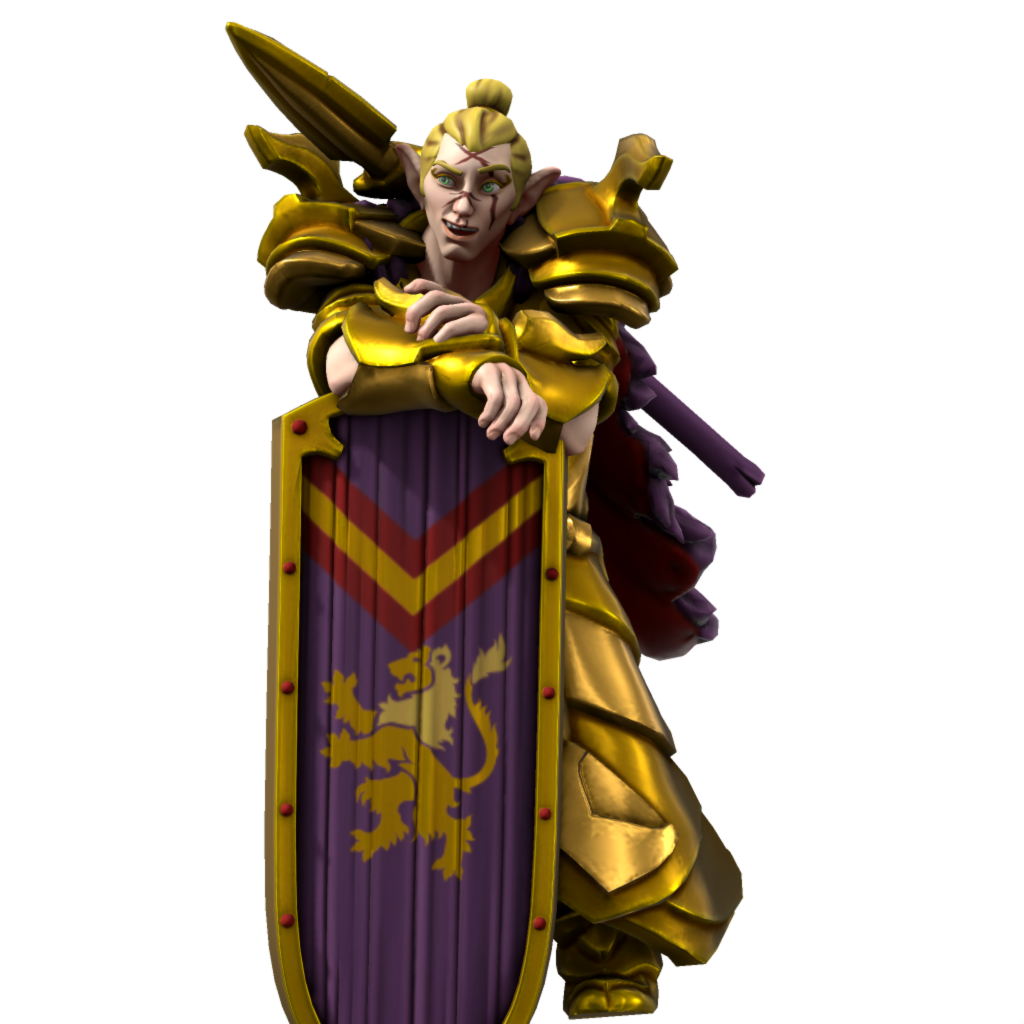
Guldin Nerifir by Jarhed
Extinction of the Exilés
Narkard Leran was a soldier that would go on to live for hundreds of years, collecting thousands of stories of heroism. Many call him the most prolific hero of the age, and say he may keep that title for all of history.
However, there is a dark period in Narkard's time during the Age of Heroes. A point towards the end, between 118 and 123, when his sense of duty led him to an act that no hero should be associated with: genocide.
The Hero King of the Elves, Guldin Nerifir, had inherited a great problem from his father,
Zenster Nerifir, and that problem was the
Exilés Nation, a group of democratic Elves that had split off from the Nerifir monarchy, running a country for their people rather than for themselves as they believed Guldin, Zenster, and the entire Nerifir dynasty had done.
Narkard took orders from Guldin, and so, Guldin ordered Narkard to gather the army and go with him to the Exilés Nation to settle the matter once and for all.
Guldin wanted to cement his title as the Hero King by making certain he had one final heroic achievement, which of course to him was stopping this group of rebels from living peacefully without being under his rule.
In the Exilés Nation, factions had begun to arise with differing opinions. Some were more in favor of scaling back the right of voters, saying that they had strayed too far from what made the Nerifir's Elven Kingdom so successful.
On the other side, there were those that have been etched into history with the name Democratic Radicals. The most outspoken of this group was its figurehead and unofficial leader, Qibis Henzora. The only reason she was not a leader was because she said:
"To hold power over others is an anti-democratic act. I use my voice to speak, and since I have been voted to a positon where that voice can have an impact, I vote with the will of the people. What I do not do, however, is lead. I am a representative, and that is all that I will ever be."— Qibis Henzora
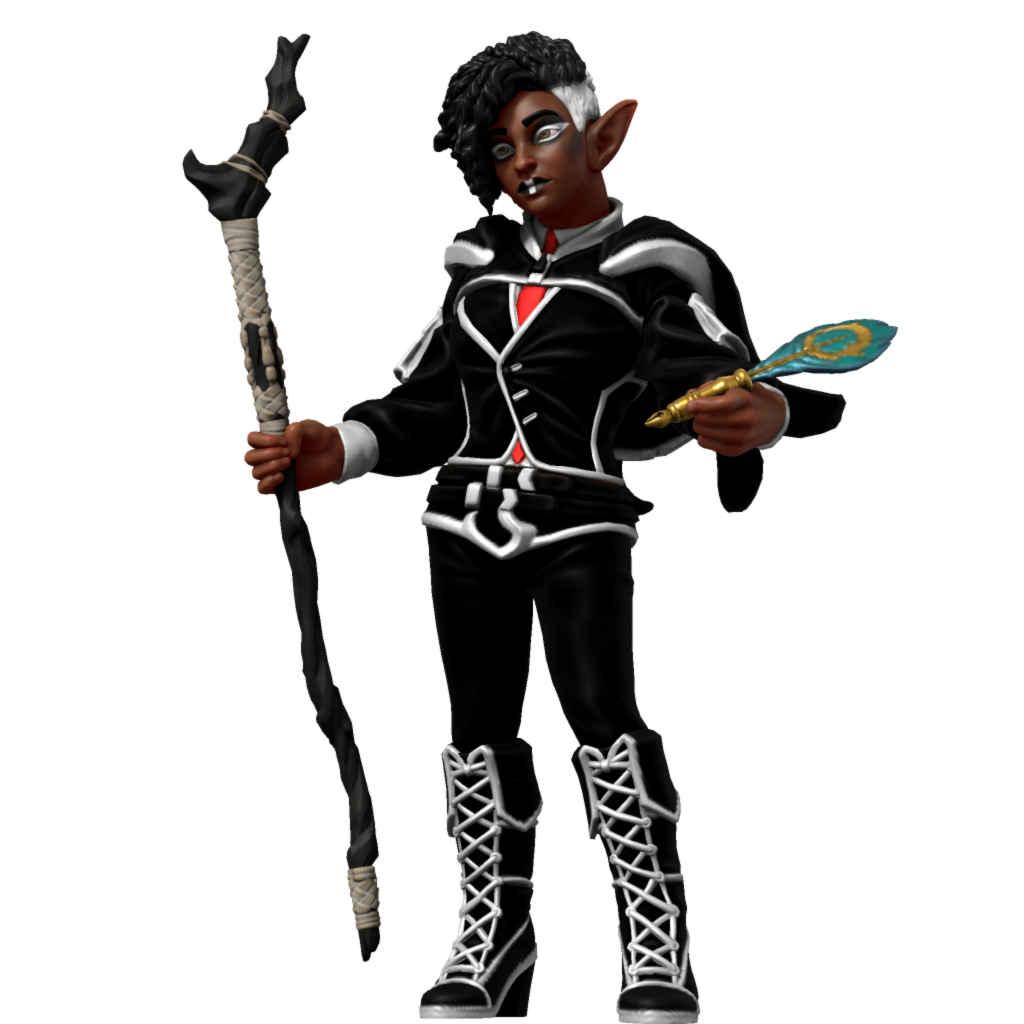
Qibis Henzora by Jarhed
Qibis became a symbol, a hero not for any power she held, but for her ideals. To her, a hero was only someone that inspired others, and for that she was humbled to accept that title.
No one in the Exilés Nation expected what came in the year 118. During a meeting of the National Assembly in the Exilés capital city of Ortoise, an arrow pierced the throat of one of the representatives. Panic ensued, and the National Assembly was unable to fully recognize they were at war, thus not mobilizing the army immediately. It took a week before they got their bearings and mobilized forces to fight back, but by then many of their settlements had been captured or at least attack.
This arrow had been shot from miles away, outside of the city limits, by one of Narkard's most trusted soldiers. Narkard led the charge, as Guldin commanded from behind. It was Narkard's blade, Valhalla, that cut down the most Exilés, and it was Guldin's words that kept it swinging.
To some, this war is a dark spot on Narkard and Guldin's reputation as heroes. To others, it is damning evidence that they were not heroes, only powerful people who happened to occasionally do the right thing.
Qibis Henzora never fought. She remained a voice for the people, helping them through the trouble and even speaking to the soldiers, inspiring them as they battled against the most well-trained army in the world. For the most part, it worked, or at least Guldin made it appear that it did. Perhaps that was part of his strategy for trully winning the war not just on the battlefield, but in the newspapers with propaganda.
During the five year long War of the Exilés, which most people say was drawn out to make Guldin more popular with his subjects, Guldin always remained on the battlefield. Morale was up whenever the King was there, and as long as morale was up, his subjects kept him on the throne. If he ended the war fast as most think he could have, more people may have considered it a genocide than simply a war of ideals.
After all, that was Guldin's explanation.
"Democracy is a cancer that makes the common man believe himself a King, yet does not give him the understanding that is necessary for a King to have.
Monarchies are built off of the shoulders of giants that understand the world more thoroughly than any common individual can. I hold the people in my heart, but I do not place them on the throne. That is simply irresponsible, and I will prove that by demonstrating how a democracy collapses.
That Qibis Henzora is the worst of all. As long as Democratic Radicals are allowed to live, the very fabric of our society is at stake. Thus, I will fight until every drop of democracy is gone from this world."— Guldin Nerifir
In 123, Qibis Henzora was walking in Ortoise when she was captured by Narkard Leran. It is said that he spoke thoroughly with her, coming to understand her points, but ultimately he maintained his place as Guldin's soldier, obeying his orders and fulfilling his duty.
At the center of Ortoise, Qibis Henzora was placed before her people. Narkard Leran took his blade and severed her head, executing her as an example. Despite this, Qibis Henzora did not kneel. She stood, not an example of subjugation or collapse, but of the resiliance of a symbol and the power of democracy.
The Exilés Nation did collapse when nearly every single Exilé was killed, the few that survived being those that fled back to the Nerifirs such as
Olmand Shinebright. However, it remained in the hearts and minds of anti-monarchists around the world, as well as those that despised the Elves, like the residents of the Dwarven Kingdom.
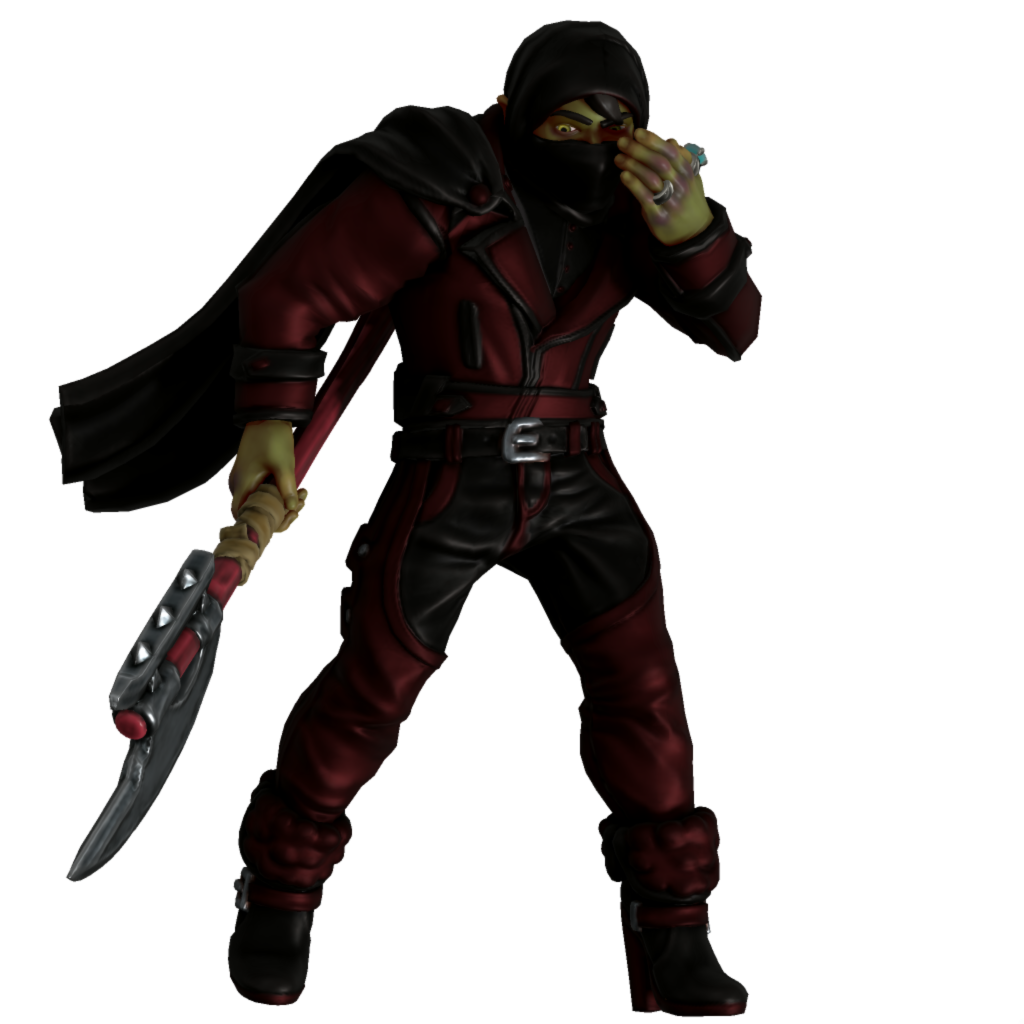
Gok the Archmage by Jarhed
The Orcish Collapse
Orcs, another people that were villainized during the Age of Heroes, experienced a great fall from grace after Amukk ascended to Heaven as a God. Having been united for a common cause in the United Holy Front, they served a purpose. Without Amukk, that purpose became unclear, and they did not know what else to do while united.
It was not just Amukk that was gone.
Gok the Archmage, Amukk's advisor, had vanished in -10, many of Amukk's closest confidants stayed in Heaven with him like
Don the Forsaken, and those that didn't went off to work with the World Court like
Klung the Just. Without them, the Orcs went about rather aimlessly for a time.
Then, the
Korvians stepped in, disliking that the Orcs were still united. They feared a united Orcish nation, particularly an army of Orcs united against them. The Korvians liked when the Orcs remained dumb, unaware, and against each other.
Therefore, many campaigns were waged to break the United Holy Front apart with propaganda that was targeted directly at the Orcs, which sowed distrust and disloyalty among the group. Eventually, they split apart, going off into separate clans.
Broken and unsure of their place in the world, knowing only the land they had and the clan around them to be certainties, the Orcs became territorial, not wanting to lose what little they still had. Alongside this, they were spurred to violence by the Korvian propaganda, which made sure they would fight against any incursions on their territory.
Thus, few Orcs traveled out of their land, as it was dangerous to do so and leaving meant it could open the land for others to take it.
This is what created the image in the public consciousness that Orcs were a villainous people, though it was hardly their fault, and it was not evil. They wanted to hold on to what they had.
All this is not to say that there were not Orcish heroes. There were, and they were known around the world. Mash, for instance, of the Divine Heroes. However, it simply explains why some Orcs were considered villains during the Age of Heroes. A time of strife that alligned with periods prosperity in other regions among other species.

King Dalman by Jarhed
Narros the Adorable
Narros the Adorable, a Red
Dragon, had hatched in the midst of Dwarven Territory towards the start of the Age of Heroes. It was said to be the year 10, though many accounts differ as to its exact age. All that is known is that by the year 13, it was still young and small for a Dragon, a baby, when it started trying to learn to fly.
If only it had chosen somewhere other than Ironforge.
A Dwarven soldier named
Dalman was on the edge of the city at the time, and when he spotted Narros, fear struck his heart.
"I didn't care what size it was. It could be a newborn or a Dragon Lord for all I care... I know the danger a Dragon poses. I don't hesitate to protect my people."— Dalman
Dalman was not authorized to use the weapons of the city, as his military post was much further south than the capital city of Ironforge. He was only there to visit family, but still, he jumped atop the city walls and manned the catapult, knocking the baby Dragon out of the sky.
This did not kill Narros the Adorable, but it disoriented the child and sent him hurtling into the city. Where otherwise he would have flown over the city, now he crushed a section of it: where Dalman's family was living. If Dalman was not intent before on killing Narros, he was now, as he later said:
"There is nothing more important in our culture than family... and that creature crushed my parents without a care. Why should I care about what I did to it in return?"— Dalman

Prime Minister Tymond by Jarhed
Narros was hurt and, as was the point of its initial flight, couldn't fly well. Still, Dalman didn't think he could handle this alone. He went to the King, Mordain, and demanded command over the Dwarven army to kill the beast. Mordain was hesitant, but eventually he agreed, with Dalman marching alongside
Generals Tymond of the
White Wolves and
Grammir of the
Violet Vipers.
It was the entire army against the baby Dragon, but it was Dalmon that claimed to do the finishing blow. The truth of this is debated, as many point out Tymond was the one actually capable of doing that.
Berryl and
Barryl, the twin inventors who had made the catapult, where rather proud of Dalman, who made their invention useful by showing what it could do against a Dragon. The two siblings began using him as a part of their marketing, which not only increased their sales, but made him a famous figure amongst the Dwarves.
Three years after his defeat of Narros, Dalman was voted Prime Minister of the Dwarves, and within a year of that, he was
King of the Dwarves, remaining in the position for all of the Age of Heroes and even a majority of the Age of Tranquility.
He was a King that continued these "heroic" deeds that, after the Age of Heroes, have been called into question by many, particularly those not alligned with Dwarven interests. Elven historians in particular call Dalman a reckless soldier famous for killing children.
Narros's father, the
Dragon Lord Zome, Lord of the Red, the most powerful chromatic Dragon in the world, would never forgive the Dwarves, targeting them for regular attacks, which otherwise he would do anywhere to create chaos.
By the year 32, Tymond was elected Prime Minister as well, serving alongside Dalman.
Tymond had noticed the World Court beginning to meddle in Dwarven affairs, such as the arrest of the ancient Dwarven hero
Ragadin for burning the
Elven Forest. Tymond noticed these incidents were not isolated; the World Court was doing this all over the world. Arresting those that did not follow along with their view of the world.
Tymond convinced Dalman to abandon the World Court, which set a precedent. For this, Dwarves consider Tymond a hero for freeing them. The World Court called Tymond a villain and, as they did with others like Count Toll, arrested him. Dalman, however, did not bend, remaining a figure that stood in opposition to the World Court.

Dhurnas Blackmane by AnthraxSurprise
Dhurnas Blackmane, the Divine Hero and Dwarven priest of
Hadur, supported Dalman. He was unsure of the World Court's intentions, as he trusted Velthen Saseth, his fellow Divine Hero who had a say in their founding, but did not know if they were following Velthen's vision. Ultimately, he would stay in their corner, wanting to trust Velthen's will was being carried on.
The Wretched Wasteland
The
Lizardfolk had wished to travel as well, but they were hindred by another Dragon Lord. The Black Dragon Lord who lived in the nearby swamps,
Reoma the Wretched, who endlessly tormented them.
Many heroes rose up seeking to stop Reoma, but it was a task that none could rise to the occasion of. It is most notable in showing the limit to the heroes of this age. While they were willing to help in many scenarios, they did not always solve issues. No heroes of note in this age dared to challenge the Dragon Lords themselves, deeming the Dragon Lords the most powerful force in the world.
The Archipelago of Hope
It had not been long, at the start of the Age of Heroes, since the
Abral Islands had undergone a significant change, uniting under the Hatanaka clan after the Sengoku Jidai period had ended.
While none of the prominent warriors of that period were alive by the Age of Heroes, there were those that carried their banner forward. For one, there was the aformentioned Divine Hero Ishii Daisuke, who was beloved around the world and at home for feeding the hungry and helping to spread the word of Erra. Daisuke was one that was said to embody the holy aspects best, with Galkan saying:
"Ishii Daisuke was a kind man, and that was more important than any grand, heroic action he made. He fed those that needed food, he saved those in danger, and he spread joy to everyone he could. In his heart, one could truly see the Gods."— Workris Galkan, Divinity in the Everyday Individual
Alongside Daisuke, there were those like
Machida Yasuhiro, who traveled the world to solve any problems he could. He never wielded a weapon, doing everything peacefully.
These heroes are a clear result of the effects the hundreds of years the Sengoku Jidai war had on the Kamejin people. Sick of war, the greatest heroes to come from their land were peace-loving, joyful folk that wanted a better world.
They are looked upon as some of the most favorable figures, while other heroes are noted for equivalent evils they did alongside their heroics, such as Daisuke's fellow Divine Hero Entropy, who was said to be at times a rather unpleasant individual who committed some unsavory acts.
The Ophidian Armies
The army of
Ophidians in Bang Kruthiwat was a suggestion made by the God Tsukuyomi, who advised the people of Bang Kruthiwat to militarize to protect themselves from other encroaching nations.
Of these, there were many. The
Jihdi Humans, the Ocultos Goblins the Mines of the Slime, the Kamejin on the
Abral Islands, and the Nereids in the ocean were all dangerous. This army grew rather quickly due to the Ophidian culture being heavily centered around battles and strength, but with no cause other than this national identity, they became a force that invaded other nations.
Of the heroes that rose up in those lands the Ophidians invaded, many were in response to the encroaching armies of Bang Kruthiwat. Heroes were made from the Ophidian's attacks, but not Ophidian heroes. Heroes like Ishii Daisuke or Yan Jianguo.
Most around the world feared the Ophidian armies, who would attack and often take on a group of heroes. Many considered them monsters at the time, not even humanoid like the other sapient people of Totania, but it was simply an increase in nationalism combined with their heavy military identity that led them to this place. It does not make them any less like the other peoples of Totania, especially with the actions of those like Guldin Nerifir, Medroth Umtic, or Dalman.
"It is easy to call the Ophidians evil, but the truth is that there is no species that is evil by birth. No nation is evil for simply existing. It is idealogy that can turn one to evil deeds, and the plague of nationalism mixed with their culture in a way that brought no good to the world.
To the Ophidian people, however, they had not thrived as much as they did during the Age of Heroes. A golden age, as it did in the rest of the world, came to Bang Kruthiwat in that era."— Workris Galkan, Divinity in the Everyday Individual
The Age Slows Down
Eventually, complacency took hold over proactivity. At the start of the Age of Heroes, hundreds of people were rising to the occassion everywhere, but as the years passed into the 100s, less and less heroes rose up, believing most problems to be all but solved.
Many heroes, even, were still very much alive into these years. Dwarves and Elves like Dhurnas Blackmane, Amara, Narkard Leran, Guldin Nerifir, and even others like Entropy and Ishii Daisuke outlived the Age of Heroes, and their presence, rather than inspire others like Amukk, Gellark, Perzita, and Myrine had done, made people feel that they were safe enough.
Thus, complacency began to define the end of the Age of Heroes, where people felt things were fine. Complacency grew into a worldwide feeling of tranquility, and thus the new age was born. The Age of Tranquility.
Looking back on the Age of Heroes, Workris Galkan says:
"These folks were monumental individuals, each worthy of a history book of their own. But history is not a story only of individuals, it is collective action placed together in context.
The collective action that defined this era was the deeds of these people. To many, they were heroic deeds, but I cannot help but linger on the consequences and the price they paid. Dalman saved Ironforge, but killed a baby. Narkard protected his people, committing genocide in the act of protection. The Ophidians united together, but in doing so they set the world aflame.
Ultimately, I see no heroes and villains in this age. I see people, who make mistakes, but who continued on despite those mistakes so that they could etch their names into history. As much as I may not agree with their methods, they succeeded. History remembers heroes in villains with equal favor."— Workris Galkan, Divinity in the Everyday Individual

Shax by Jarhed
The complacency and the end of the age was particularly hammered home with what many call the last great threat of the Age of Heroes, the
Lizardfolk Eco-Terrorist known as
Shax. He sought to return the world to nature, and began growing forests all around the world, within cities, destroying buildings and killing the people that he claimed were "polluting the planet with their very existence."
He founded a group of like-minded individuals, called Bleeding Yggdrasil, who claimed of the rest of the world's population:
"The world is bleeding, and we are doing nothing but widening its wound."— Shax, Bleeding Yggdrasil Manifesto
While his attempts proved he was not weak, he was thoroughly dispatched by a joint taskforce of Narkard Leran, Amara, and a third unlikely teammate who happened to be around at the time, Dhurnas Blackmane.
Reluctantly, the Elves and Dwarf worked together (though Amara and Dhurnas were truly, secretly friends that were still in contact from their time in the Divine Heroes), and handed the defeated Shax off to the World Court, who declared not long after that peace was the standard, no longer a world of danger and Heroes, but one of Tranqulity.
"Even at the time of the Age of Tranquility's start, the Age of Heroes was legend more than history. The culture of mythologizing these real people made it seem an impossible standard, and thus the people lost what truly started the Age of Heroes. It was not just incredible individuals, but it was folks that saw impossible standards like the Gods and decided to reach that level to the best of their abilities.
As long as one believes a better future is impossible, it will never come true. But if one tries, with all their might, to make that age themselves, it may yet come to pass. Believe in the inner hero that one holds in their heart, that small fraction of divinity. That is what saves us in the end... divinity in the everyday individual."— Workris Galkan, Divinity in the Everyday Individual
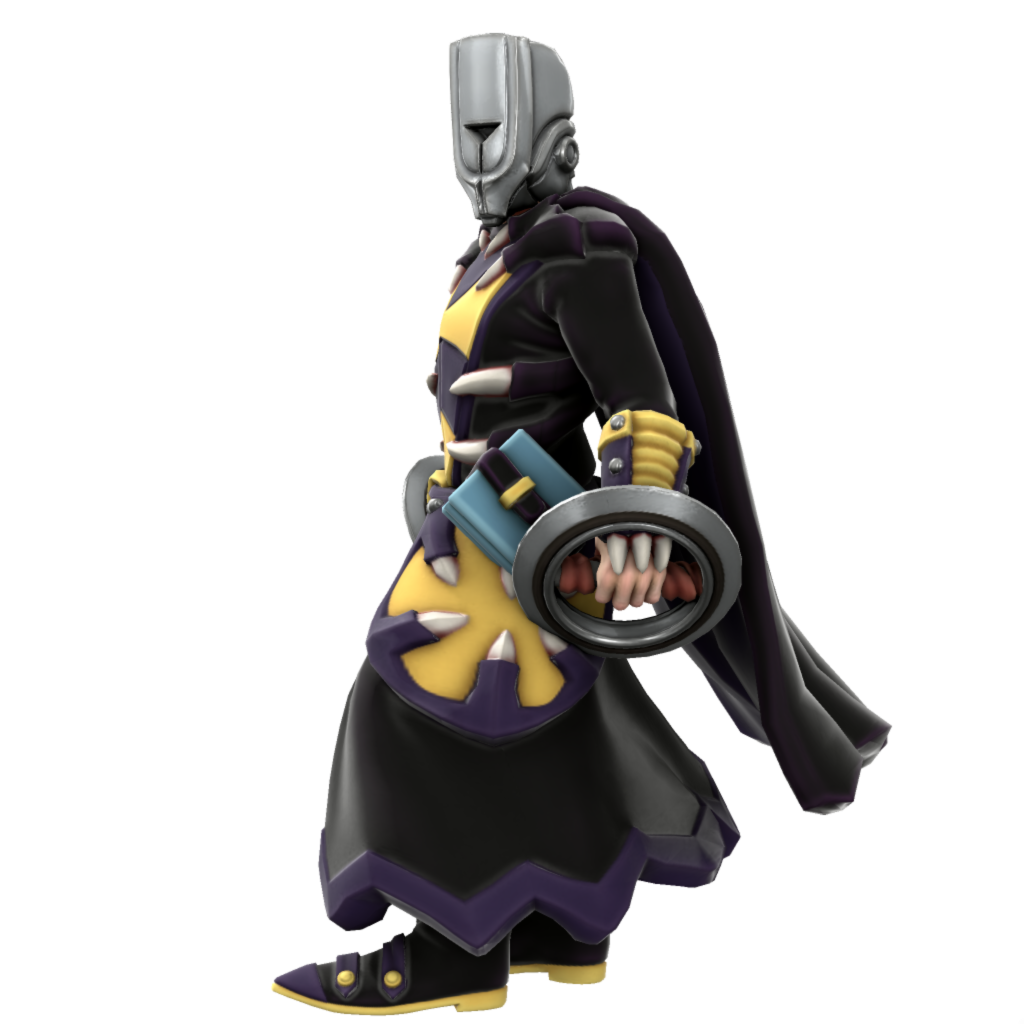 Their decision was the conclusion they came to after looking over several key factors, particularly the above mentions of Amukk, Gellark, Perzita and others.
Alongside this, the countdown set in place by Kilprax Ildial to an eventual year 0 led them to thinking that there was no choice but to consider it an inevitability that this year would be a turning point.
At first, around the world, many were hesitant. Few knew why they should listen to this organization that had just been newly founded, though it had roots in the old Stallbourne Court of Mercy, until various royal figures around the world, such as Gellark Lionrage and Guldin Nerifir, endorsed them and notified their subjects that they were embracing the World Court's rulings.
Their decision was the conclusion they came to after looking over several key factors, particularly the above mentions of Amukk, Gellark, Perzita and others.
Alongside this, the countdown set in place by Kilprax Ildial to an eventual year 0 led them to thinking that there was no choice but to consider it an inevitability that this year would be a turning point.
At first, around the world, many were hesitant. Few knew why they should listen to this organization that had just been newly founded, though it had roots in the old Stallbourne Court of Mercy, until various royal figures around the world, such as Gellark Lionrage and Guldin Nerifir, endorsed them and notified their subjects that they were embracing the World Court's rulings.



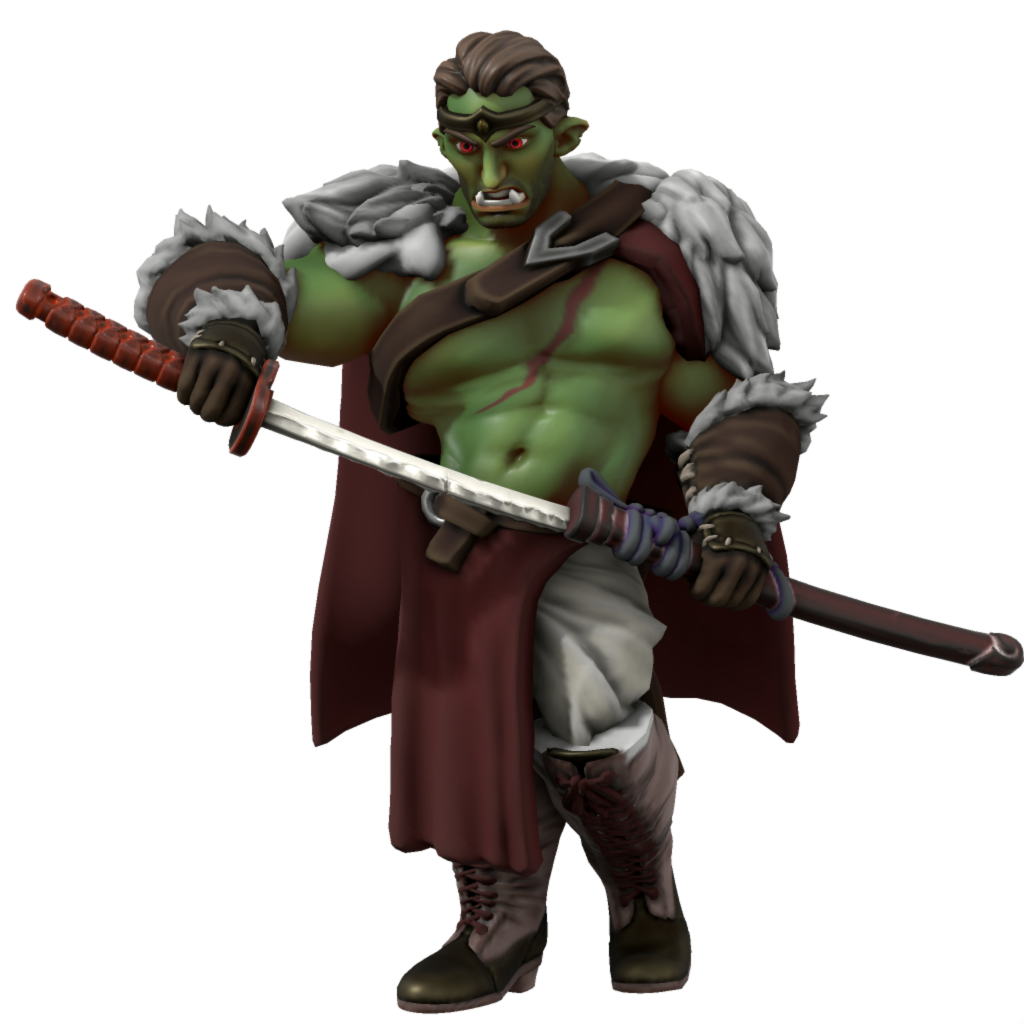


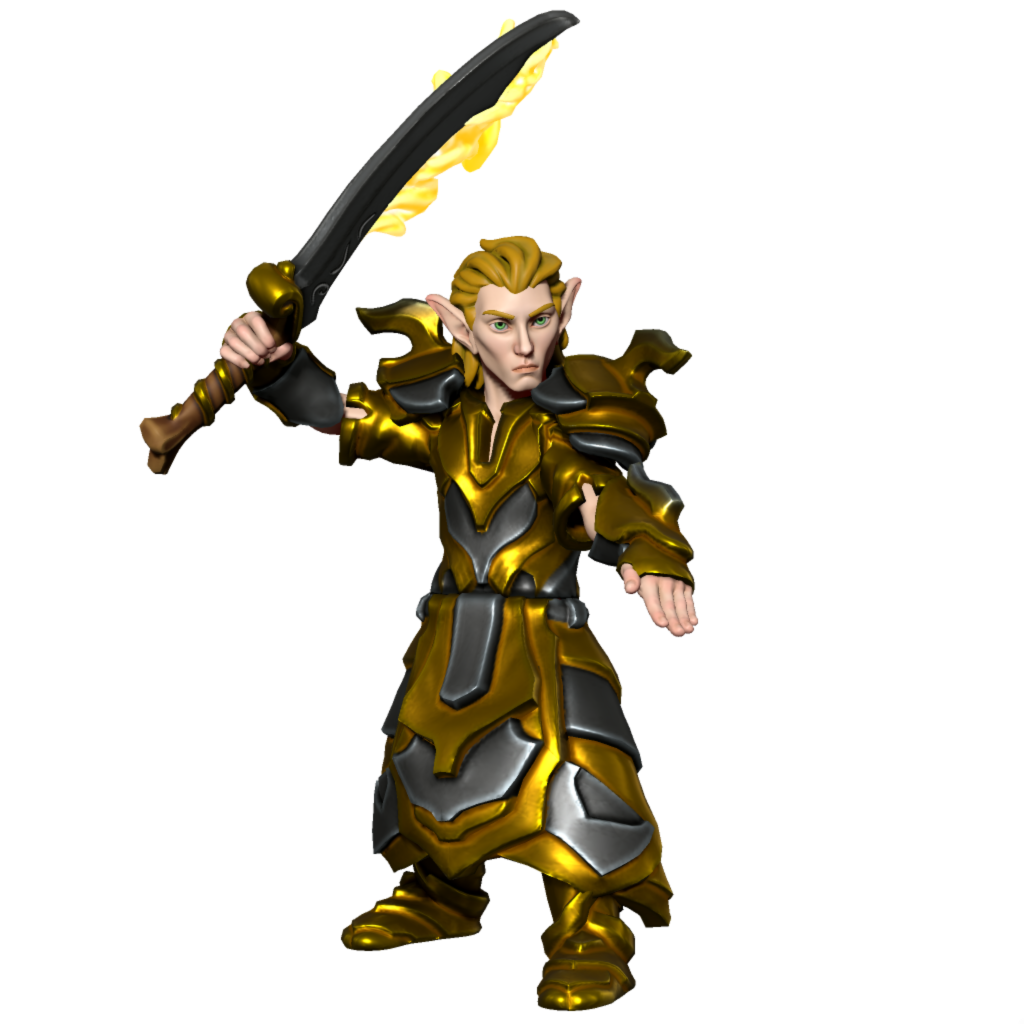

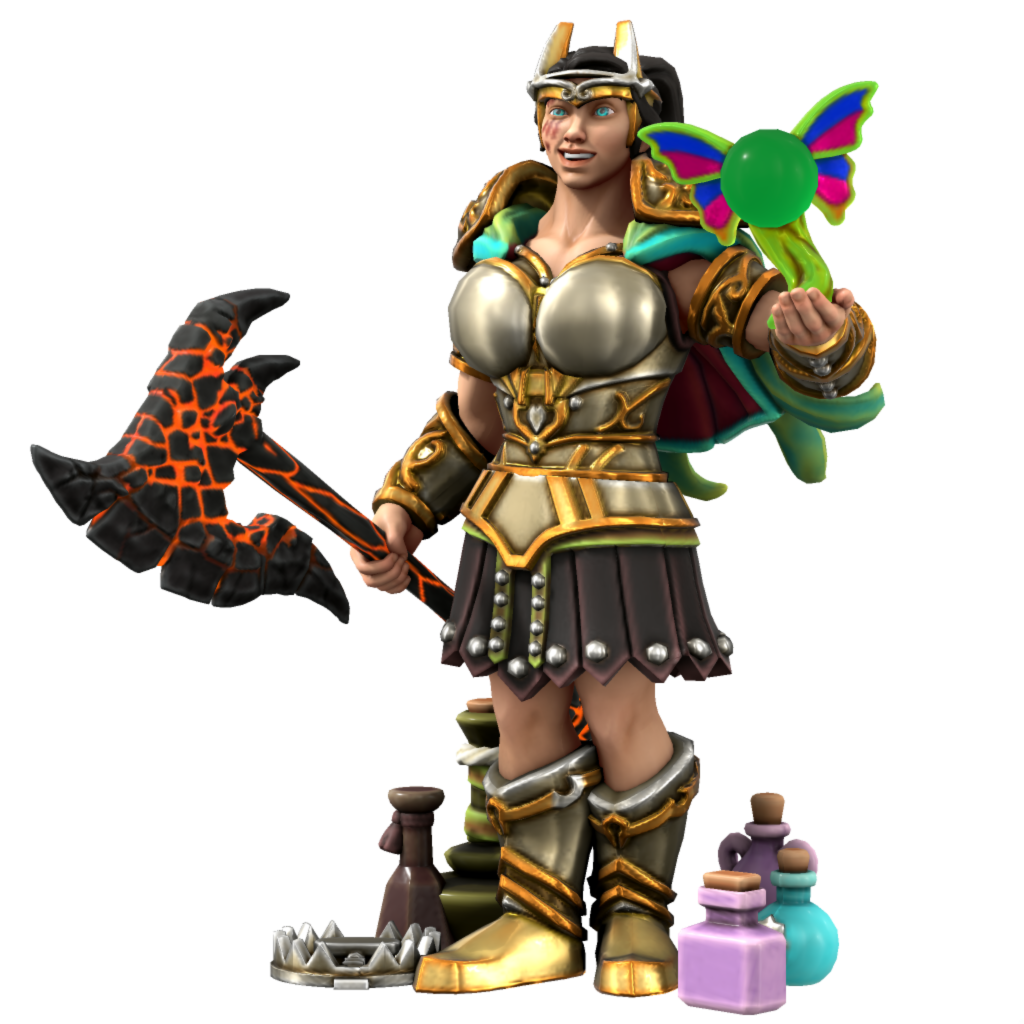



















Comments